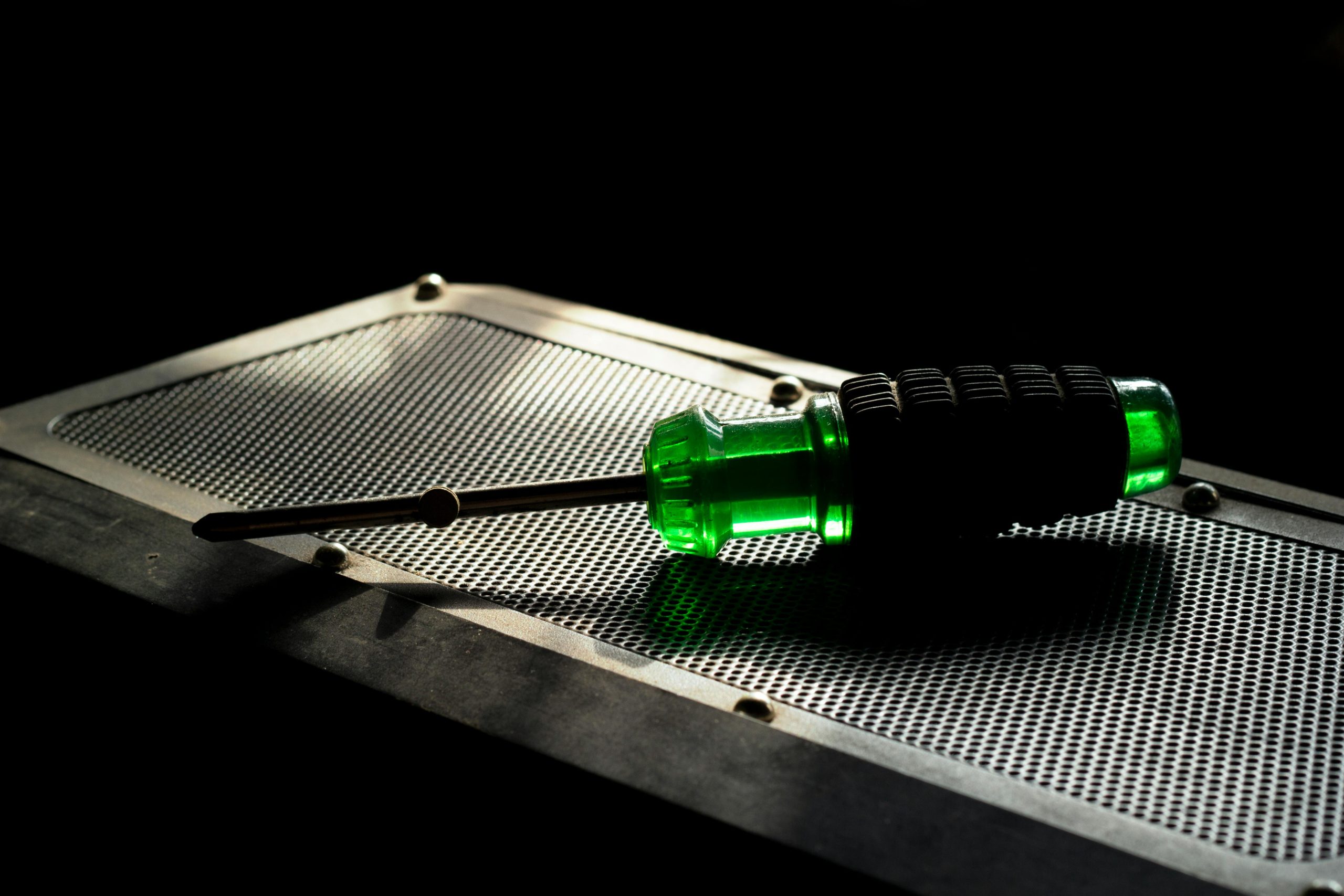Understanding and Recovering Lost Audio from 3GP Files: A Comprehensive Guide
Exploring the digital remnants of past years can be an adventure through technology’s memory lane. One of the challenges many of us face is dealing with old file formats like 3GP, especially when they seem incomplete—such as missing audio. If you’ve stumbled upon some old 3GP files on an ancient SD card and discovered they have no sound, you’re not alone. This detailed guide will help you understand 3GP files, why audio might be missing, and how you can potentially recover it.
A Brief History of 3GP Files
3GP, a multimedia container format, emerges from the third generation of the mobile telecommunication system, often known as 3G. Developed by the Third Generation Partnership Project (3GPP), this format was designed to enable easy multimedia file transfer between 3G mobile phones over high-speed wireless networks. In particular, 3GP files catered to video and audio data, optimizing these media types to efficiently work within the constraints of mobile technology at the time, primarily focusing on reducing file size to save bandwidth and storage without majorly compromising quality.
3GP files were widely popular during the 2000s and were often utilized because:
- Space Efficiency: They offered a compressed option that saved space on devices with limited storage.
- Compatibility: Many mobile devices, especially those manufactured during the early 2000s, supported this format natively.
- Network Use: They suited the bandwidth limitations of early mobile networks, allowing for smoother streaming and downloading experiences.
Why Would 3GP Files Lack Audio?
Encountering a 3GP file without audio can leave anyone puzzling over lost memories. Several reasons can contribute to this issue:
-
Corruption: The SD card or the file itself might have experienced corruption. This is especially common if the card has been exposed to physical damage or if it has deteriorated over time.
-
Unsupported Codecs: The audio component of 3GP files involves codecs like AMR-NB, AMR-WB, or AAC. If your current device doesn’t support these codecs, the audio might not play.
-
Partial File: You could be dealing with an incomplete file. If the video was interrupted during its transfer or the recording stopped abruptly, it might lack audio data.
-
Incorrect File Handling in Past Transfers: If these files were converted or transferred inappropriately in the past, it might have affected their integrity—sometimes leading to the stripping of audio tracks.
-
Playback Software Issues: Some modern media players might not support older formats properly, potentially leading to playback issues that give the impression of missing audio.
Steps to Recover Audio from 3GP Files
Before leaping into complex recovery techniques, try these steps as they often yield fruitful results:
- Use a Different Media Player:
- VLC Media Player: Renowned for its extensive codec support, VLC can often play files that seem problematic on other players. Download VLC, and try opening your 3GP file to see if the audio plays.
-
MPC-HC: This lightweight media player is also known for its broad format and codec support.
-
Convert the File:
- Utilize a conversion tool to transcribe your 3GP file into a more contemporary format with better audio support, like MP4. Online converters or software like HandBrake can accomplish this.
-
Freemake Video Converter: This tool is user-friendly and supports many file formats, including 3GP to MP4 conversions.
-
Check for Corruption:
-
Use software like Stellar Phoenix Video Repair or Disk Drill. These programs often have features designed to repair corrupted video files, which might recover the audio portion as well.
-
Recover From SD Card Directly:
- Use recovery software to attempt pulling data directly from the SD card. Programs like Recuva or EaseUS Data Recovery Wizard specialize in recovering deleted or corrupted data from storage devices.
- Ensure no additional data is written to the SD card before attempting recovery, as this can overwrite any retrievable information.
Exploring Further: Prevention and Archival Best Practices
The natural aging of technology prompts us to be more mindful about preserving digital data:
- Regular Backups: Ensure regular backups of important data, using both cloud storage systems like Google Drive or Dropbox and physical drives.
- File Conversion: Regularly convert old file formats to newer, more stable variations to ensure continued usability and playback support.
- SD Card Use: Rotate usage and avoid leaving crucial data solely on aging SD cards or flash drives that are prone to failures after prolonged use.
Conclusion
Dealing with audio-less 3GP files might initially appear daunting, but with a structured approach, the audio can often be recovered, safeguarding your treasured memories. The evolution of technology may lead older formats into obsolescence, but understanding their origins and leveraging robust modern tools enables us to keep these digital relics alive and kicking. Moreover, by adhering to preventative digital practices, we can preserve our digital histories for the future, ensuring access to them continues unabated through time. Remember, every problem has a solution, especially in the digital age—sometimes, it just requires a bit of patience and the right tools.
Share this content:



Re: Understanding and Recovering Lost Audio from 3GP Files
Your article provides a thorough overview of the 3GP format and the potential issues that may result in missing audio. As a technically experienced user, I’d like to contribute some additional insights and suggestions.
Additional Recovery Methods
In addition to the approaches you’ve mentioned, I suggest considering these additional recovery methods:
ffmpeg -i input.3gp -c copy output.mp4converts the file while preserving quality.Understanding Codecs Better
To troubleshoot missing audio in your 3GP files, I recommend starting with some basic steps. First, try opening your file with a versatile media player like VLC Media Player. VLC is well-known for its extensive codec support and can often play files that other players cannot, which might resolve your issue without further action.
If VLC still doesn’t play the audio, consider converting your 3GP file to a more modern and widely supported format such as MP4. Tools like HandBrake or Freemake Video Converter are user-friendly options that can help preserve your video’s quality while transferring it into a format with better audio support.
In cases where the file seems corrupted or the audio remains missing after conversion, you might want to use specialized repair software like Stellar Phoenix Video Repair or Disk Drill. These programs can often recover or repair damaged video files and may restore missing audio.
If the file’s integrity is compromised due to issues during transfer or storage, data recovery from your SD card could be beneficial. Tools like